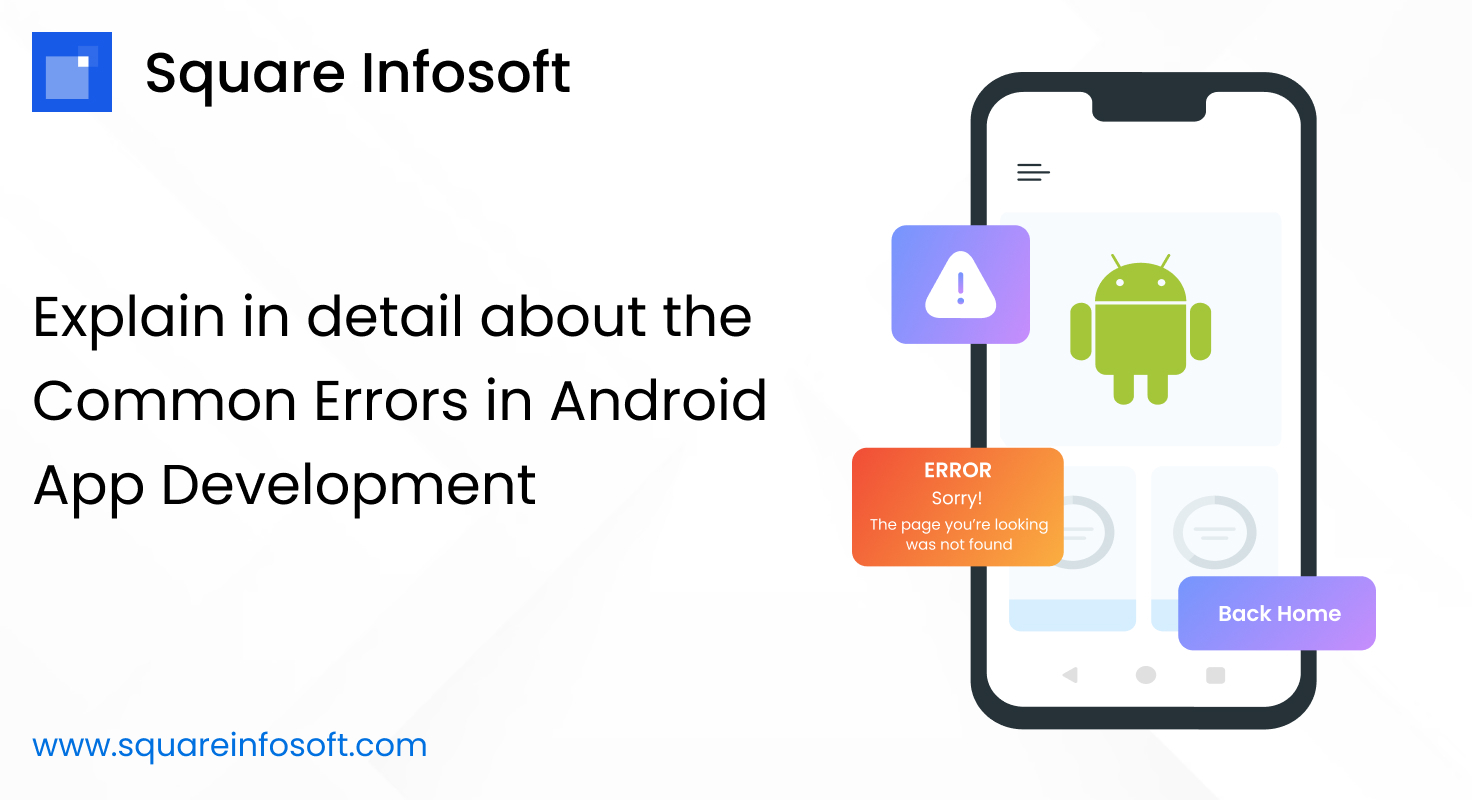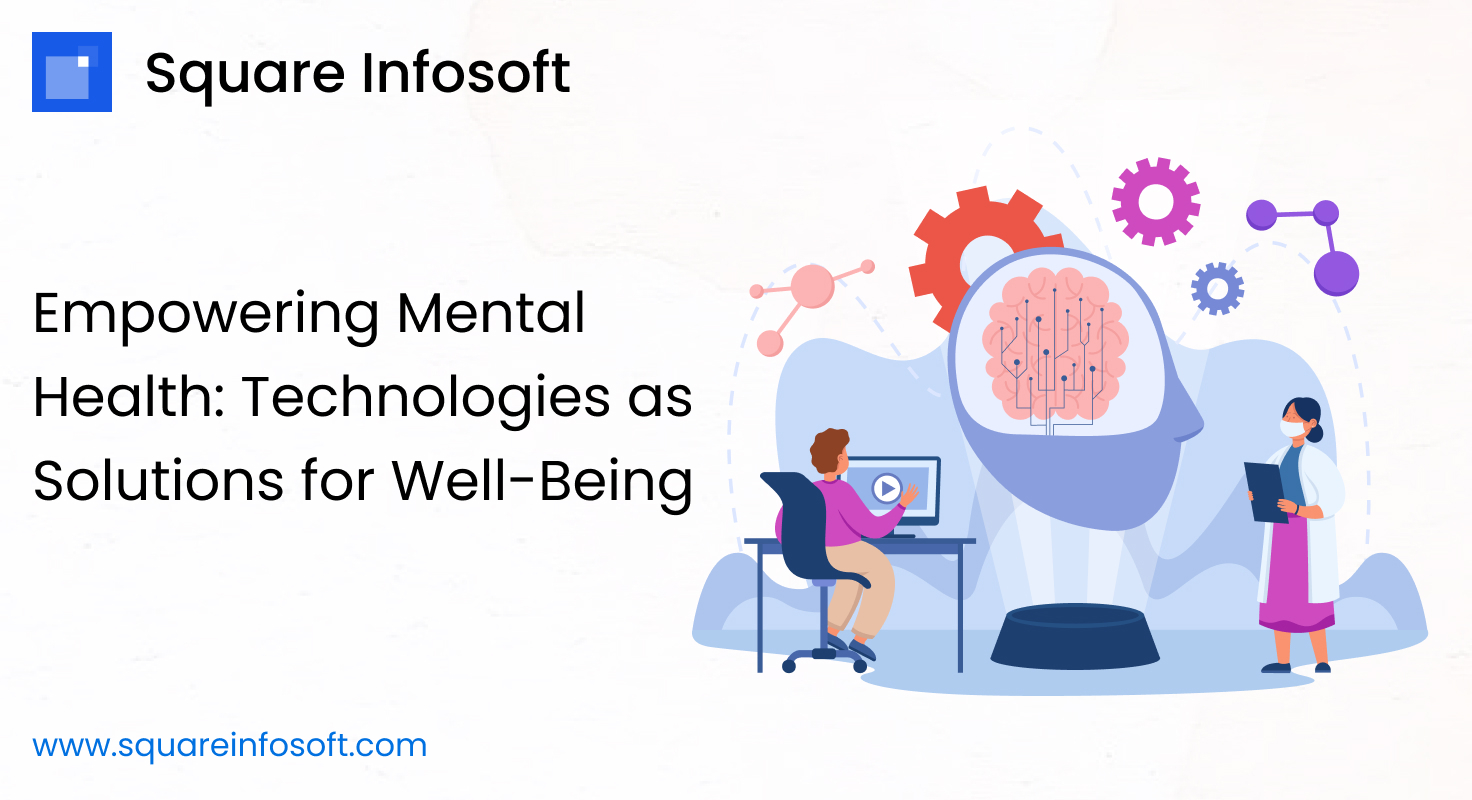Android app development can be a complex process, and even experienced developers can make mistakes that lead to issues in their applications. Understanding and avoiding common errors can help create more robust and reliable Android apps. Below are some of the most prevalent errors in Android app development and how to avoid them:
Memory Leaks: Memory leaks occur when objects are not properly released from memory even after they are no longer needed. This can lead to increased memory consumption, degraded performance, and eventually app crashes. Common causes of memory leaks include long-lived references to contexts, listeners, or static objects. To avoid memory leaks, ensure to release resources, unregister listeners, and clear references to objects appropriately when they are no longer needed. Also, consider using tools like the Android Profiler to detect and analyze memory leaks in your app.
Not Handling Background Tasks Properly: Performing time-consuming tasks on the main UI thread can cause the app to become unresponsive, resulting in an “Application Not Responding” (ANR) error. Common culprits include network operations, database queries, or complex calculations. To avoid ANRs, use background threads (e.g., AsyncTask, Handlers, Executors) or better yet, adopt modern approaches like Kotlin Coroutines or RxJava for handling background tasks.
Poor Error Handling: Failing to handle errors properly can lead to unpredictable behavior and app crashes. Avoid catching general exceptions (e.g., Exception) as it may hide important details about the failure. Instead, use specific exception types and catch blocks to handle errors gracefully. Additionally, provide meaningful error messages to users so they can understand the problem and report it accurately if needed.
Incorrect Context Usage: Misusing the Context object can lead to various issues, including memory leaks and crashes. For example, passing the wrong context or using the application context when an activity context is required. Always use the appropriate context (e.g., Activity context for UI-related tasks, application context for long-lived objects) and avoid holding references to contexts longer than necessary.
Inefficient UI Design: A poorly designed user interface can negatively impact the user experience and performance. Common UI-related errors include using nested layouts excessively, not optimizing layouts for different screen sizes and orientations, or failing to recycle views in Recycler View. Optimize your UI by using Constraint Layout to reduce nesting, provide alternative resources for different screen sizes, and follow best practices for efficient layout design.
Security Vulnerabilities: Failing to implement proper security measures can expose your app to various security risks, such as data breaches, unauthorized access, or code injection attacks. Always validate input data, use encryption for sensitive information, avoid hardcoding sensitive data like API keys, and follow secure coding practices to minimize security vulnerabilities.
Neglecting App Performance: Ignoring app performance can lead to sluggish user experiences and increased battery consumption. Common performance-related issues include excessive CPU and memory usage, frequent garbage collection, and suboptimal network usage. Use tools like Android Profiler to identify performance bottlenecks, optimize your code and data structures, cache data when appropriate, and minimize unnecessary network requests.
Ignoring Device and OS Fragmentation: Android runs on a vast array of devices with different screen sizes, hardware capabilities, and Android versions. Neglecting to consider this fragmentation can result in an app that works well on some devices but poorly on others. Test your app on different devices, screen sizes, and Android versions to ensure compatibility and usability across a wide range of devices.
Lack of Testing: Insufficient testing can lead to the release of an app with critical bugs and issues that users may encounter. Always perform thorough testing, including unit testing, integration testing, and user acceptance testing, to ensure the app functions as expected. Automated testing frameworks like Espresso or Robolectric can assist in creating comprehensive test suites.
Poor User Experience (UX): An app with a confusing or unpleasant user experience can lead to low user engagement and negative reviews. Common UX errors include overcrowded UI, unclear navigation, and ignoring platform conventions. Prioritize user experience, conduct usability testing, and follow Android design guidelines to create an intuitive and user-friendly app.
By understanding and avoiding these common errors, Android app developers can enhance the quality and reliability of their applications, leading to a better user experience and increased user satisfaction




